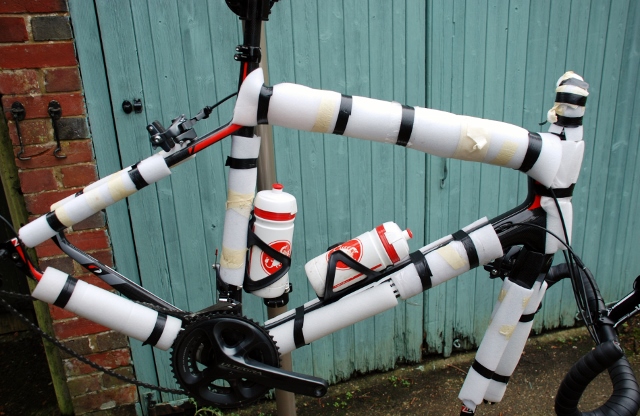4. Sustainable percentage of VO2 Max
-
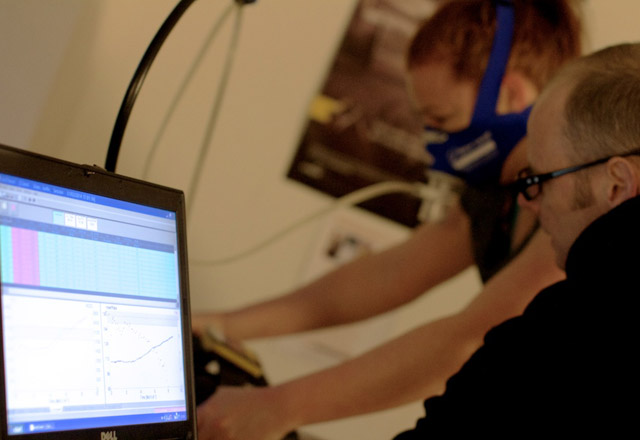
VO2 Max is the maximal amount of oxygen you can breath in and use in a given period of time
-
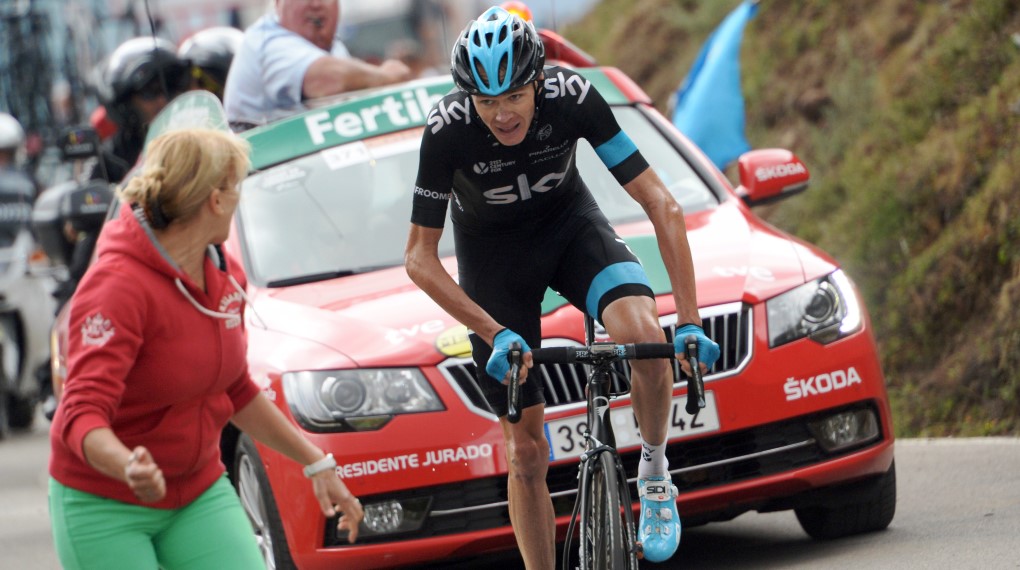
VO2 Max is seen as a very good measure of aerobic fitness (pic: Sirotti)
-

The figures listed above are for cyclists - it isn’t really possible to compare VO2 Max figures between different sports
-
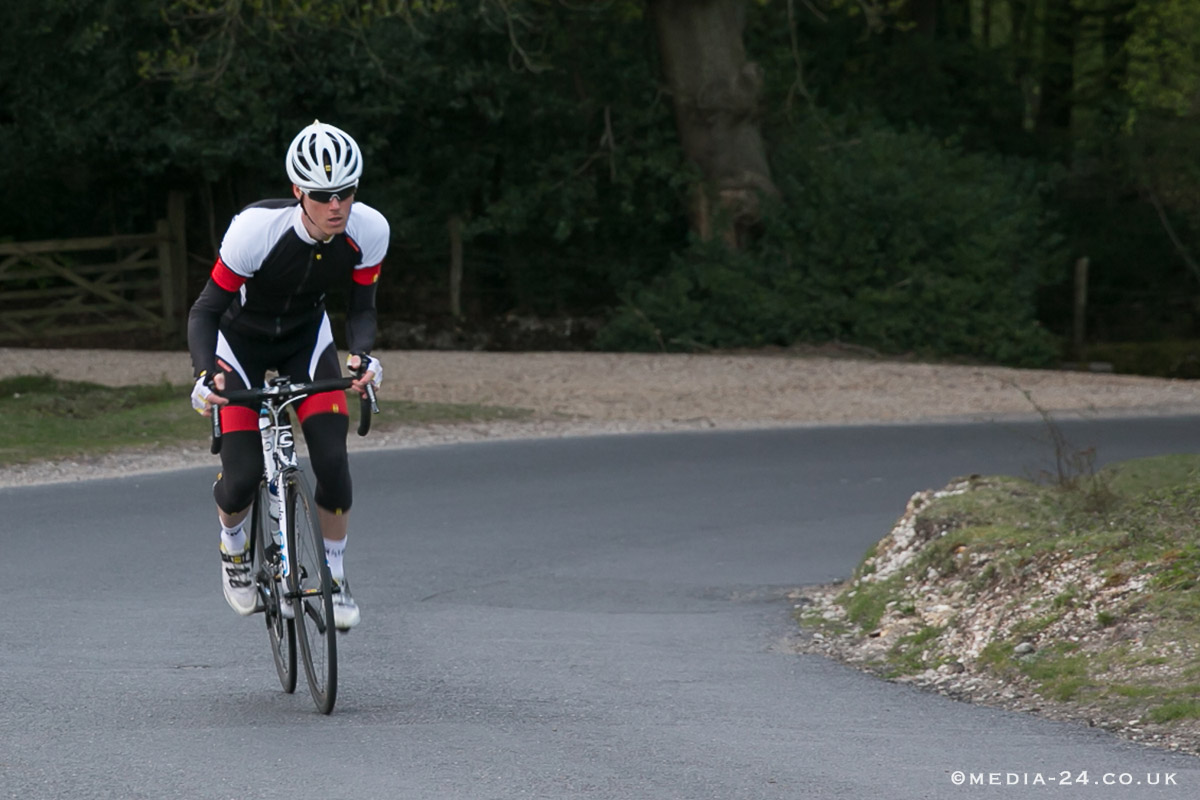
HIIT is said to offer more bang for your training buck (Pic: Media 24)
-
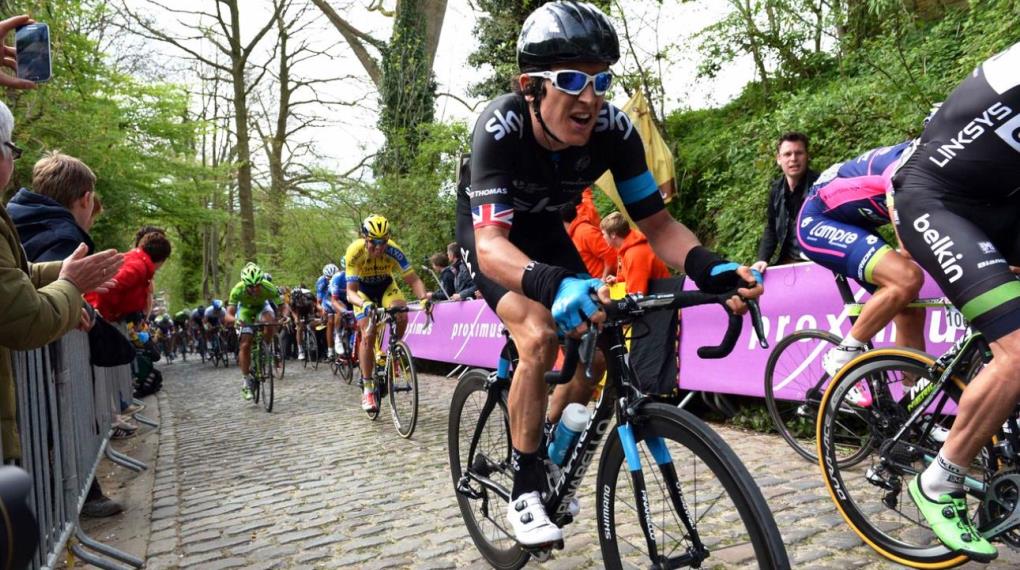
Geraint Thomas soloed to E3 Harelbeke victory (Pic: Sirotti)
-
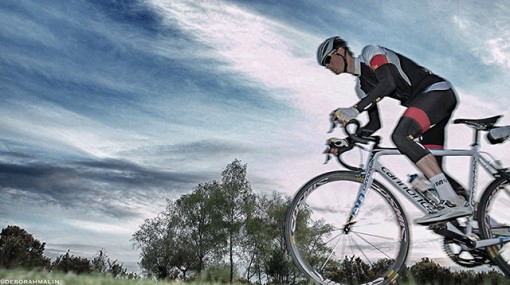
You can use a polarized training programme to improve your VO2 Max (pic: Media24)
4. Sustainable percentage of VO2 Max
VO2 Max is seen as a very important factor in determining how much ability a rider has and many professional cyclists and up and coming young riders have undergone VO2 Max tests to predict their potential on the bike.
However, as seen in the table of typical VO2 Max values, a cat one rider can have a very similar VO2 Max to a WorldTour rider. So there must be something else going on.
VO2 Max tells us how much oxygen a rider can use in one minute, however there are two other factors that are more important than the VO2 Max figure itself.
Firstly, the percentage of VO2 Max that can a rider sustain – or, in other words, at what percentage of their VO2 Max that they hit their lactate threshold. The second important factor is a rider’s economy – how many watts a rider can produce per litre of oxygen they breath in and use.
What does that mean in reality? Let’s take the example of two riders, both 75kg and both with a VO2 max of 75ml/kg/min. one is a domestic pro and the other is a category one racer. As both riders have the same VO2 Max, they can both utilise the same amount of oxygen for one minute. But let’s add in different lactate thresholds and economy levels and look at the end result – power output.
The domestic pro has a lactate threshold of 85 per cent of their VO2 Max, whereas the cat one rider has a lactate threshold of 80 per cent of their VO2 Max.
If we do the maths…
Domestic pro at lactate threshold
85 per cent of 75 ml/kg/min = 63.75ml/kg/min
63.75 ml/kg/min = 0.06375 litres/kg/min = 4.78 litres/min of oxygen
Cat one rider at lactate threshold
80 per cent of 75 ml/kg/min = 60 ml/kg/min
60 ml/kg/min = 0.06 litres/kg/min = 4.5 litres/min of oxygen
As we discussed earlier, the more oxygen being used, the more ATP is produced and the more power that can be put out. Looking at the figures above, the domestic pro is able to use 0.28 litres more oxygen per minute than the cat one rider. One litre of oxygen contains 5.05kcal of energy, so…
Domestic pro
4.78 litres of oxygen x 5.05kcal = 24.14 kcal/ min in energy available
Cat one rider
4.5 litres of oxygen x 5.05kcal = 22.75 kcal/min in energy available
Now let’s add in the second important variable we talked about – economy.
Economy is a measure of how much of the energy available from oxygen is converted into power on the bike. Lots of the energy we get from oxygen isn’t converted into pushing the pedals as it’s used all throughout the body, so the higher the percentage of energy that gets turned into power at the pedals, the faster the rider.
Typically a domestic pro may be able to convert 23 per cent of the energy to power, whereas a cat one rider may only be able to convert 22 per cent. Therefore…
Domestic pro power = 23 per cent of 24.14kcal/min = 5.55 kcal/min
Cat one rider = 22 per cent of 22.75 kcal/min = 5.005 kcal / min
0.0143 kcal/min = one watt
As a result, the domestic pro’s power at lactate threshold is 388w and the cat one rider’s power at lactate threshold is 350w.
These are just rough figures but a difference of 38w is a lot and shows that VO2 Max isn’t the only factor that determines how well a rider will be able to perform. A very good rider will never have a particularly low VO2 Max – it remains a key figure in determining potential. However, just because someone has a high VO2 Max it doesn’t mean they will be able to perform at a high level.
The question is – can you train your VO2 Max?




